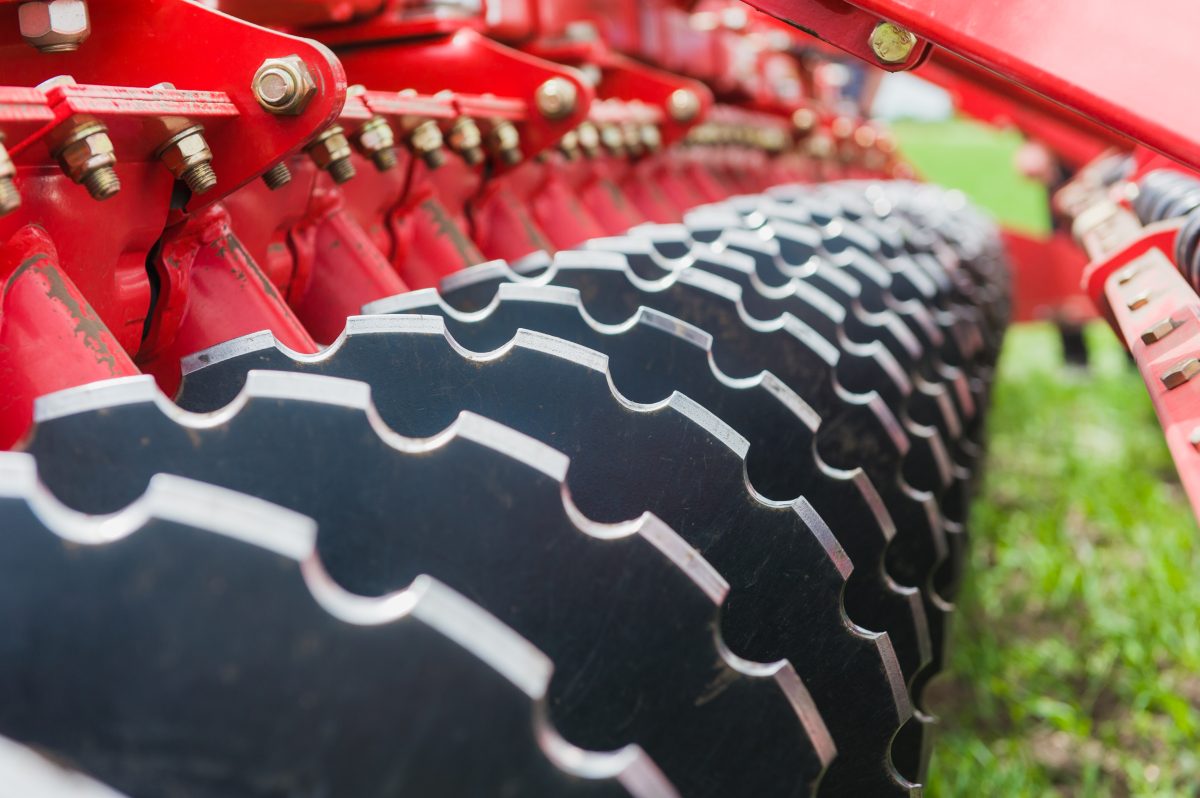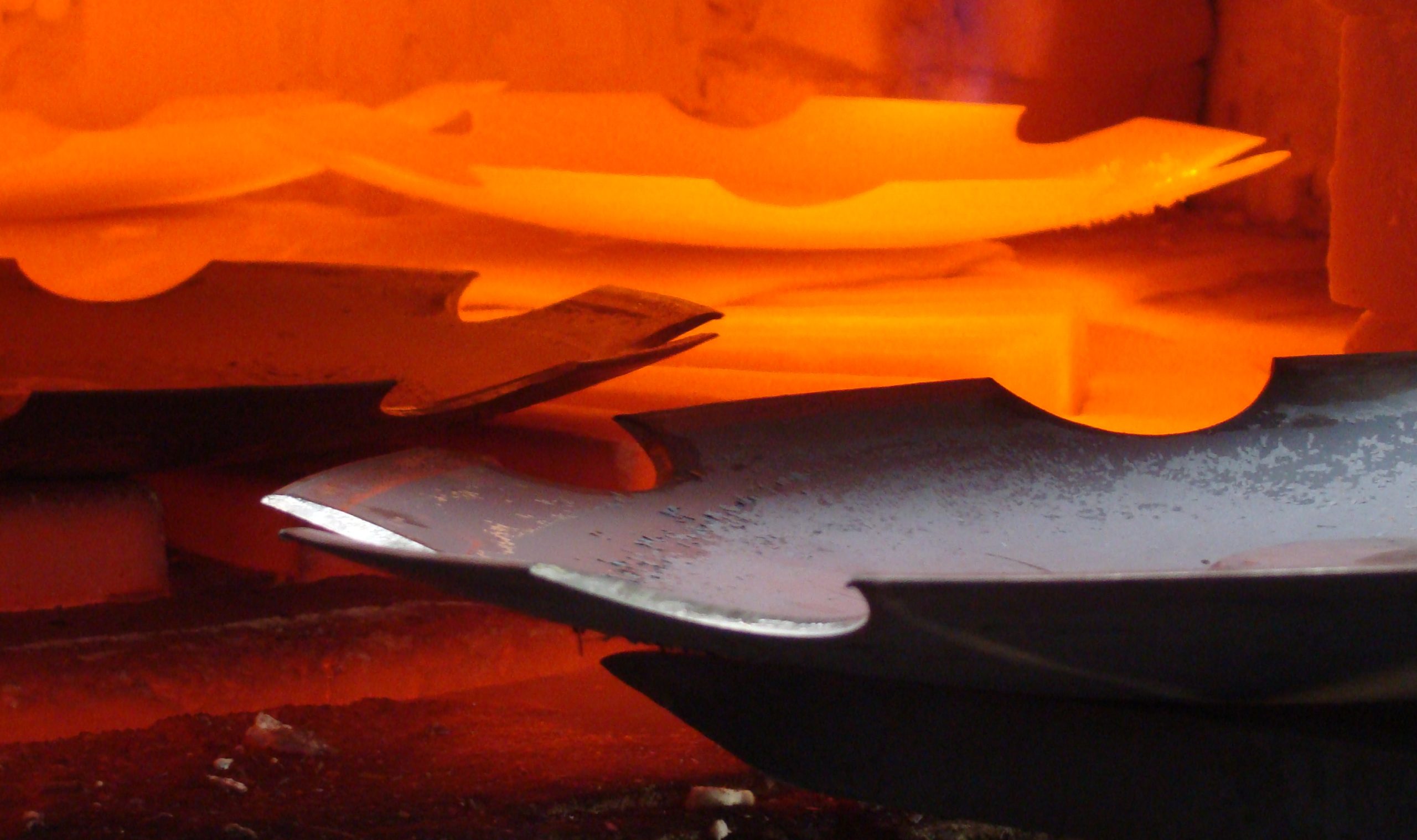Comparison of disc blade qualities available in the market
Published on 30 June, 2023
| At the heart of every fruitful harvest lies well-prepared soil. Farmers know that soil preparation is a crucial step in ensuring the success of their crops. In this context, agricultural discs play a fundamental role in conditioning the soil for optimal plant growth. However, not all discs are created equal, and the quality of these tools can have a significant impact on agronomic performance. In this article, we dive into the world of agricultural discs, exploring the different features that distinguish options available in the market. |
| 1. Agronomic functions and mechanical properties
Agricultural discs find their prime application on machinery like disc ploughs and disc harrows, where they undertake the pivotal task of cutting and incorporating crop residues into the soil. This preparatory step cultivates an optimal soil environment for crop growth, concurrently mitigating weed competition and enhancing seed germination conditions. Within the realm of soil engagement, agricultural discs must encompass a spectrum of mechanical properties to ensure seamless execution of their agronomic functions: Resilience against Wear : The discs must exhibit remarkable resistance against wear, persisting through extended usage without compromising performance. Shock absorption and Breakage Resistance : Their structural composition should possess the ability to absorb shocks generated during operation and withstand breakage, ensuring longevity and sustained functionality. Persistent Sharpness : Maintaining sharp edges even under duress is vital for efficient cutting and soil penetration, directly influencing the quality of soil preparation. Precise Geometry : The geometrical integrity of the discs significantly affects their penetration depth and cutting efficiency, necessitating meticulous design for optimal performance. These imperative mechanical properties are intricately linked to the quality of the manufacturing process. Only when these properties are thoughtfully engineered and meticulously integrated can agricultural discs not only accomplish their agronomic objectives but also contribute to enhancing agricultural efficiency and productivity. |
 |
 |
| 2. Manufacturing process
The process of manufacturing agricultural discs follows a fundamental principle: shaping a steel component and applying heat treatment to attain the desired mechanical attributes in the final product. Elevated Hardness for Optimal Wear Resistance : Achieving high hardness is essential to enhance wear resistance, enabling the disc to endure extended use without deteriorating. This property is pivotal in maintaining the disc’s cutting efficiency over time. Considerable Flexural Strength to Dampen Shocks : The disc must exhibit substantial flexural strength to effectively absorb shocks that occur during operation. This capability safeguards against breakage and ensures longevity. Precise Geometric Configuration for Functional Integration : The precise geometry of the disc is vital, as it not only affects its individual performance but also influences the performance of the entire machine. Accurate geometry guarantees proper functioning and compatibility with other machine components. |
| The expertise of disc manufacturers lies in striking a delicate balance between hardness and flexural strength. While a harder disc offers enhanced wear resistance, excessive hardness might compromise its ability to withstand impacts.
Key factors contributing to the production of high-quality discs or coulters encompass: Choice of Steel Quality : Opting for high-quality steel with the appropriate metallurgical properties is paramount to ensure the desired mechanical characteristics in the final product. Mastery of Heat Treatment : The meticulous application of heat treatment is a critical step. Proper heat treatment enhances the steel’s properties, optimizing hardness and flexural strength according to the intended use. In essence, the crafting of superior agricultural discs demands a harmonious amalgamation of steel quality, precision heat treatment, and the mastery to strike the ideal balance between hardness and flexural capacity. 2.1. Comparative Analysis of Steel Used by Disc Manufacturers. The foundation of disc manufacturing lies in the quality of the base steel, as it forms the bedrock for meeting all necessary requirements. Three distinct types of steel are commonly employed. 65Mn Carbon Steel : This was the initial steel used for disc fabrication during the 1960s and 1970s. While still utilized for « low-cost » manufacturing in regions like India or China, it has become inadequate due to the evolving demands of mechanized agriculture and increased traction speeds. Its properties are no longer sufficient to address modern agricultural challenges. 30MnB5 boron steel : Introduced in the early 1990s, boron steel (30MnB5) marked a significant advancement. The addition of boron enhances the material’s mechanical attributes, including strength, hardness, and ductility. This innovation addressed many of the shortcomings observed with earlier carbon steel variants. NIAUX 200 Special Grade Boron Steel : Distinguishing itself from the rest, Forges de Niaux employs a distinctive category of boron steel for its patented quality, NIAUX 200. Notably, NIAUX 200 boasts a higher carbon content compared to conventional boron steel, resulting in a remarkable hardness of up to 60 HRC for both discs and coulters. This elevated hardness translates to exceptional wear resistance and prolonged performance. |
 |
|

|

